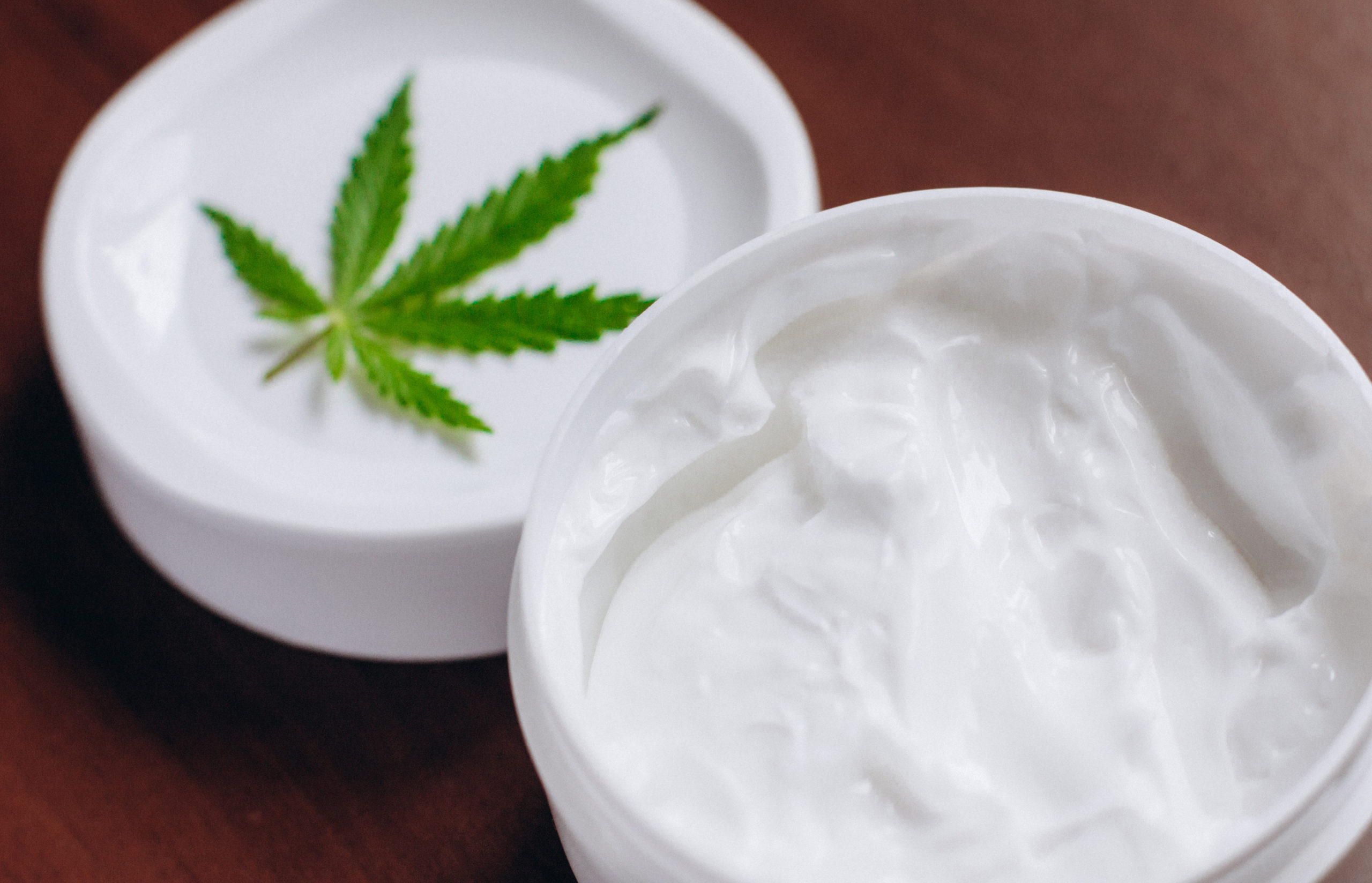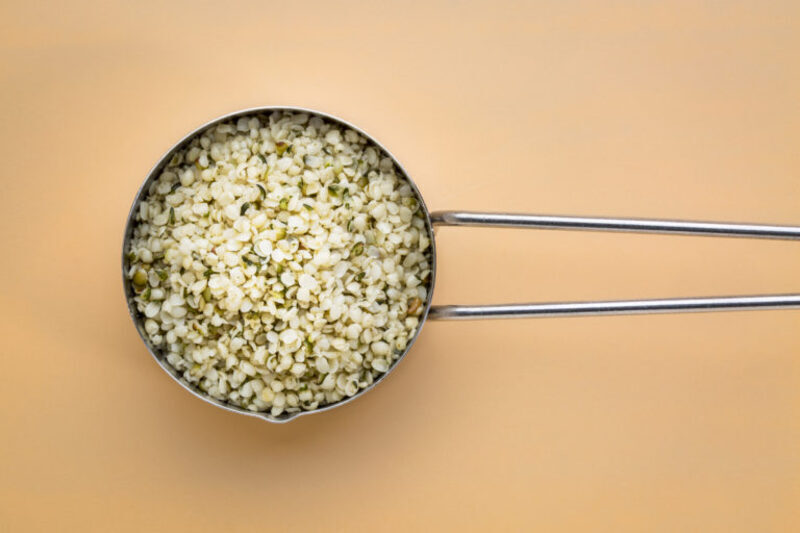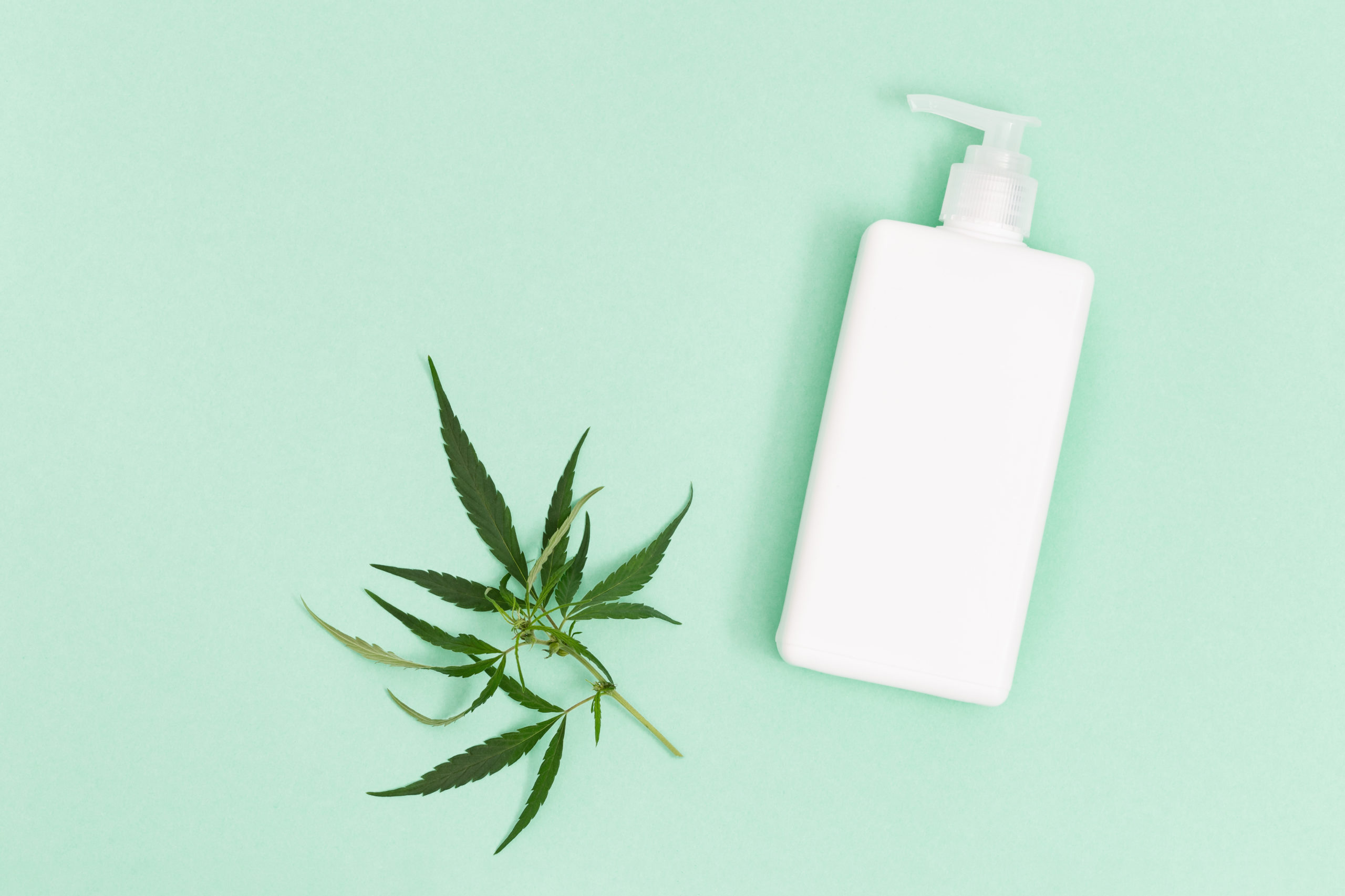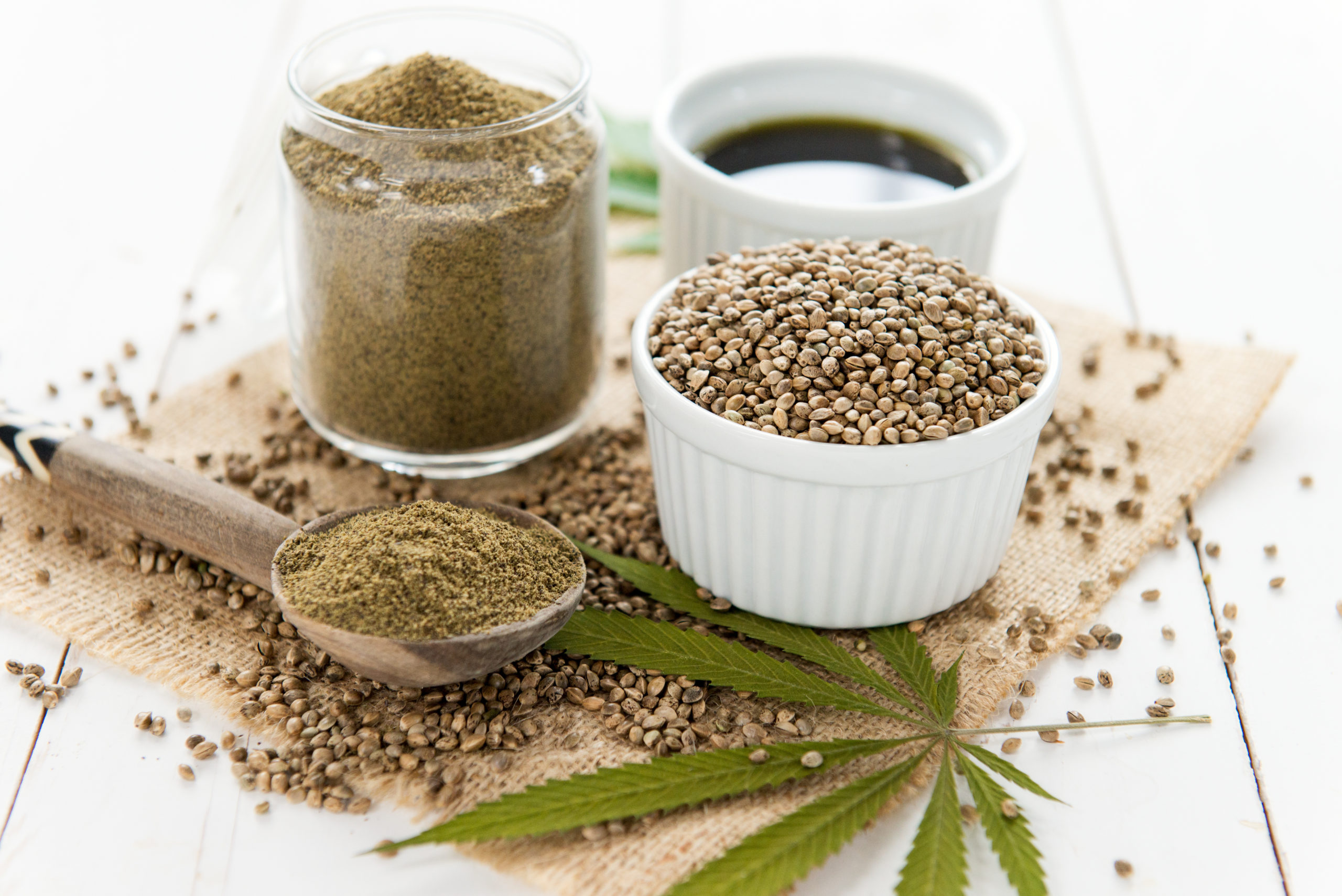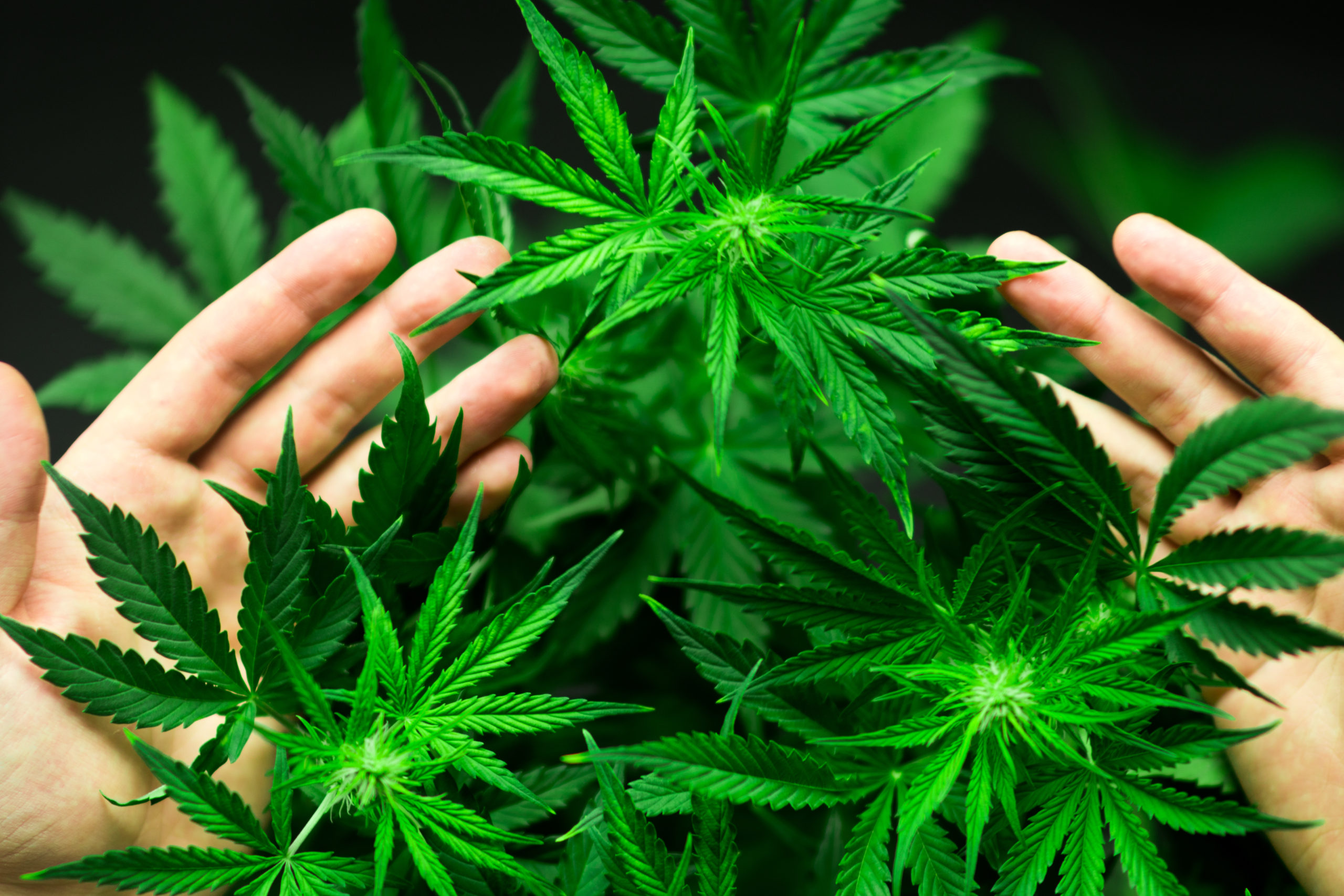-
- Market Research
- |
- CBD Near Me
- |
- Giveaways
- |
- Newsletter
- |
- Contact
- |
- Advertise
- |
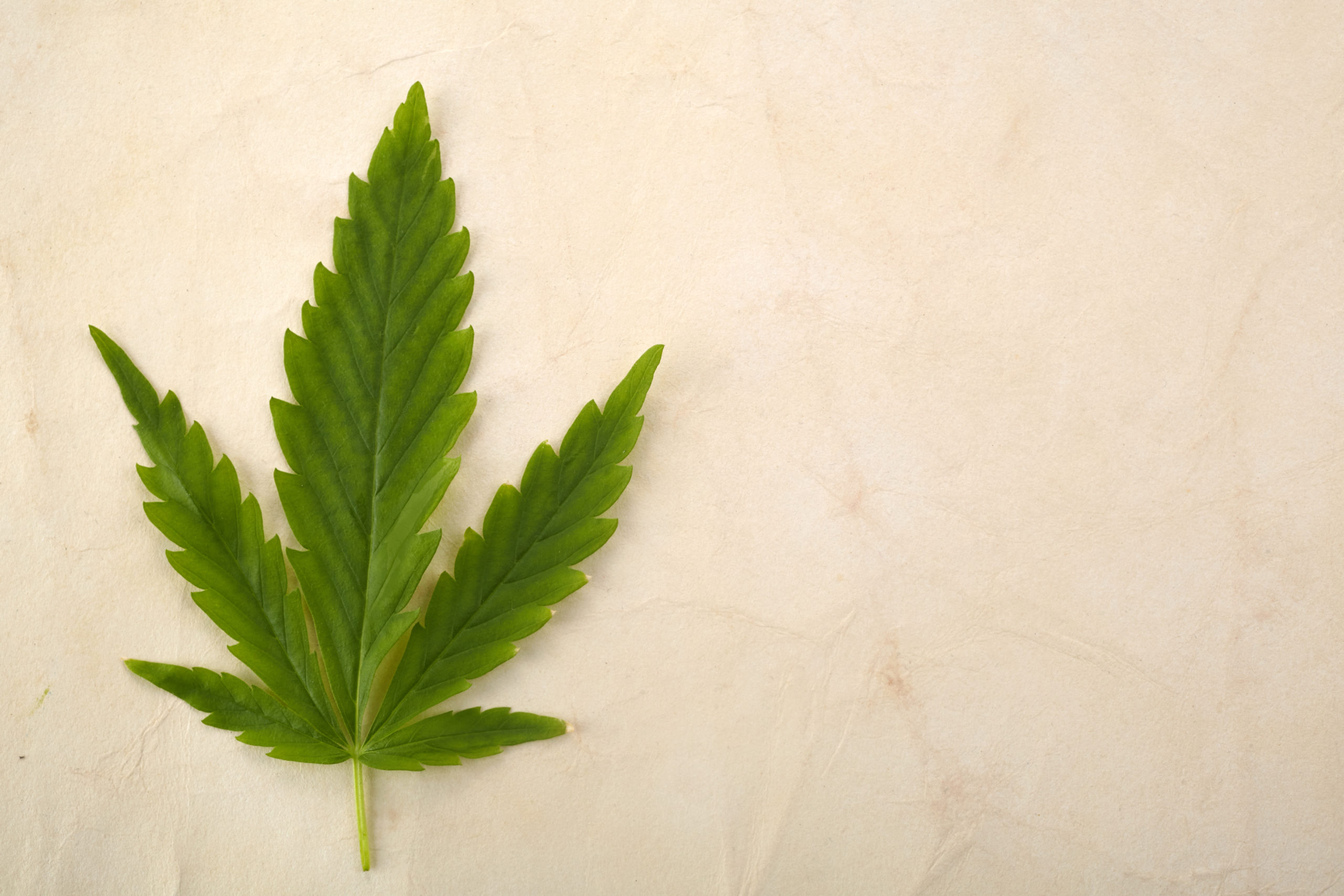
According to the International Weekly Journal of Science, approximately 15 billion trees are cut down annually, and the number of trees worldwide has dropped by 46% since the onset of human agriculture.
Researchers and environmental activists have recognized the unsustainable decline of our forests and are fervently searching for an alternative to paper products, which account for 35% of harvested trees.
Recent trends in hemp production may be proof that we’ve had an alternative available all along. Time for a little hemp paper 101.
History of Hemp Paper
Although modern hemp paper products may still be considered a boutique or specialty product, historical records indicate that this has not always been the case. Chinese artisans were cultivating hemp to produce paper products over 2,000 years ago. Of course, hemp’s history goes back much further, with evidence of ancient Mesopotamians using hemp for cloth around 8,000 BC.
Hemp paper continued spreading throughout Imperial China for several hundred years before finally making its way to the Middle East and Europe. Hemp paper quickly rose in popularity once spreading to Europe and later to the Americas.
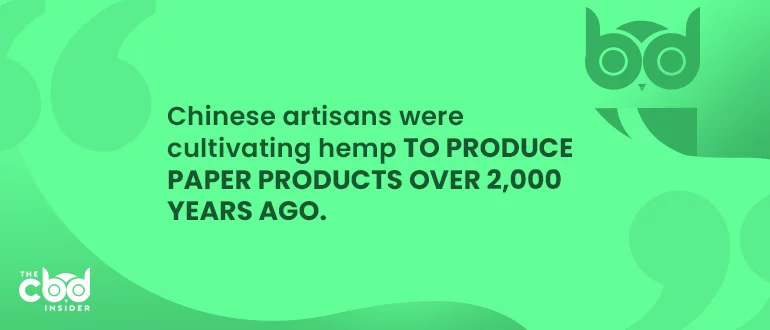
There are many items of historical significance that you may be surprised to discover utilized hemp paper. The first printed Bible, Mark Twain’s novels, and even drafts of the U.S. Declaration of Independence were all printed on hemp paper.
Modern wood pulp paper (the kind from trees) did not make a commercial appearance until the late 1800s. Unfortunately for the tree population, wood pulp paper rapidly overtook hemp paper as the most viable and commercially available paper product. However, recent regulatory changes like the 2018 Farm Bill have opened the doors for hemp’s resurgence as a competitor in the paper industry.
Hemp Paper Production
Hemp paper is produced similarly to traditional paper. Fields of hemp are harvested for their fibrous stalks. Processing facilities separate hemp stalks into two categories: bast fibers, the longer, outer layer of the stalk and hurd fibers, which are found near the center of the stalk.
Typically, processing facilities use the hurd fibers for paper production, although bast fibers can also be used. Much like the process of wood pulp paper production, hurd fibers are processed to remove unneeded plant matter. The fibers are then soaked in water and processed into a semi-liquid mixture referred to as a slurry.
Additives, bleaches, and dyes may be added to the slurry at this point, depending on the desired final product. Lastly, the slurry is pressed paper-thin (no pun intended) where it is then dried. After the curing process, industrial rollers are used to create massive rolls of hemp paper, which is typically sent to a separate facility for the final stage of cutting.
Why Choose Hemp Paper?
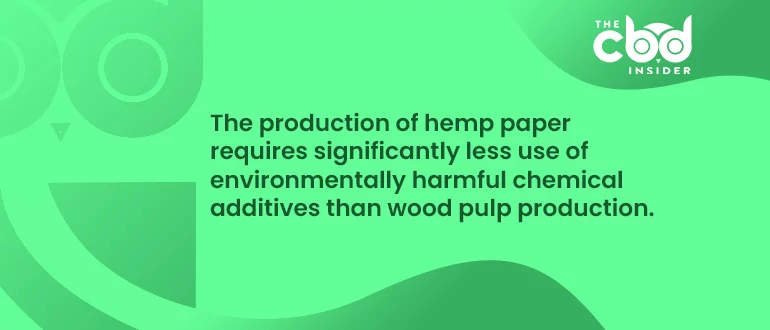
According to a study by the Yale School of Forestry and Environmental Studies, at the current rate of deforestation, our planet will be treeless in roughly 300 years. Considering we currently have an estimated 15 trillion trees, this prediction should shock anyone. Trees are vital to the function of our entire ecosystem, and hemp has proven to be a logical approach to slow deforestation.
According to CareerTrend.com, which monitors growth trends in various industries, one acre of hemp can produce ten tons of biomass in only four months. To produce that much viable product using trees would require four times as much land use and exponentially more time.
The production of hemp for paper also requires significantly less use of environmentally harmful chemical additives than wood pulp production.
Hemp paper also deteriorates at a much slower rate than wood pulp paper. You can see this for yourself by comparing old papers from your parents or grandparents to images of hemp paper products that are hundreds or even thousands of years old. Chances are, the wood pulp papers that are less than 100 years old will appear yellowed and brittle, while the much older hemp paper products maintain much of their original integrity.
Hemp Paper Products
Although hemp paper products have only recently made a mainstream comeback, it’s happening at a lightning pace. Business Wire stated that the 2019 U.S. hemp market was valued at around $4.6 billion but estimates an astronomical growth to $26.6 billion in the next 5 years (2025).
One of the largest hemp paper sectors resides in rolling papers like those used in tobacco or cannabis products. Coming in as a close second is hemp toilet paper. According to ACH News, roughly 270,000 trees are used daily just to meet worldwide toilet paper demand.
Hemp toilet paper not only has antibacterial properties, but it is naturally soft without the addition of many compounds used in traditional toilet paper. Another benefit of fewer additives is an increase in biodegradability. If your local retailer doesn’t have hemp toilet paper on their shelves, we recommend making a request. Many retailers don’t carry it simply because they aren’t aware there is a demand.
As hemp paper finds its place in the mainstream again, we believe that availability will continue to grow. Products like shipping boxes, packaging of consumer goods, and office printer paper will likely go the way of hemp in the future.
Conclusion
Hemp is quickly becoming the belle of the ball once again. Nearly 100 years of regulatory hurdles and political lobbying has put this versatile plant out of reach for much of the world. Fortunately, recent changes have resulted in the doors opening for hemp research and production.
Manufacturers will likely continue the quest to utilize hemp as an environmentally sustainable replacement for many things that we use daily. Not only is hemp being used as an alternative for wood pulp paper, but researchers are exploring the use of hemp in biodiesel fuel, foods, plastics, construction materials, inks, cosmetics, paints, and more.
If you’re interested in more information about hemp’s multitude of uses, we recommend signing up for our free newsletter. This is an excellent source for the latest hemp and CBD news, as well as product reviews.


